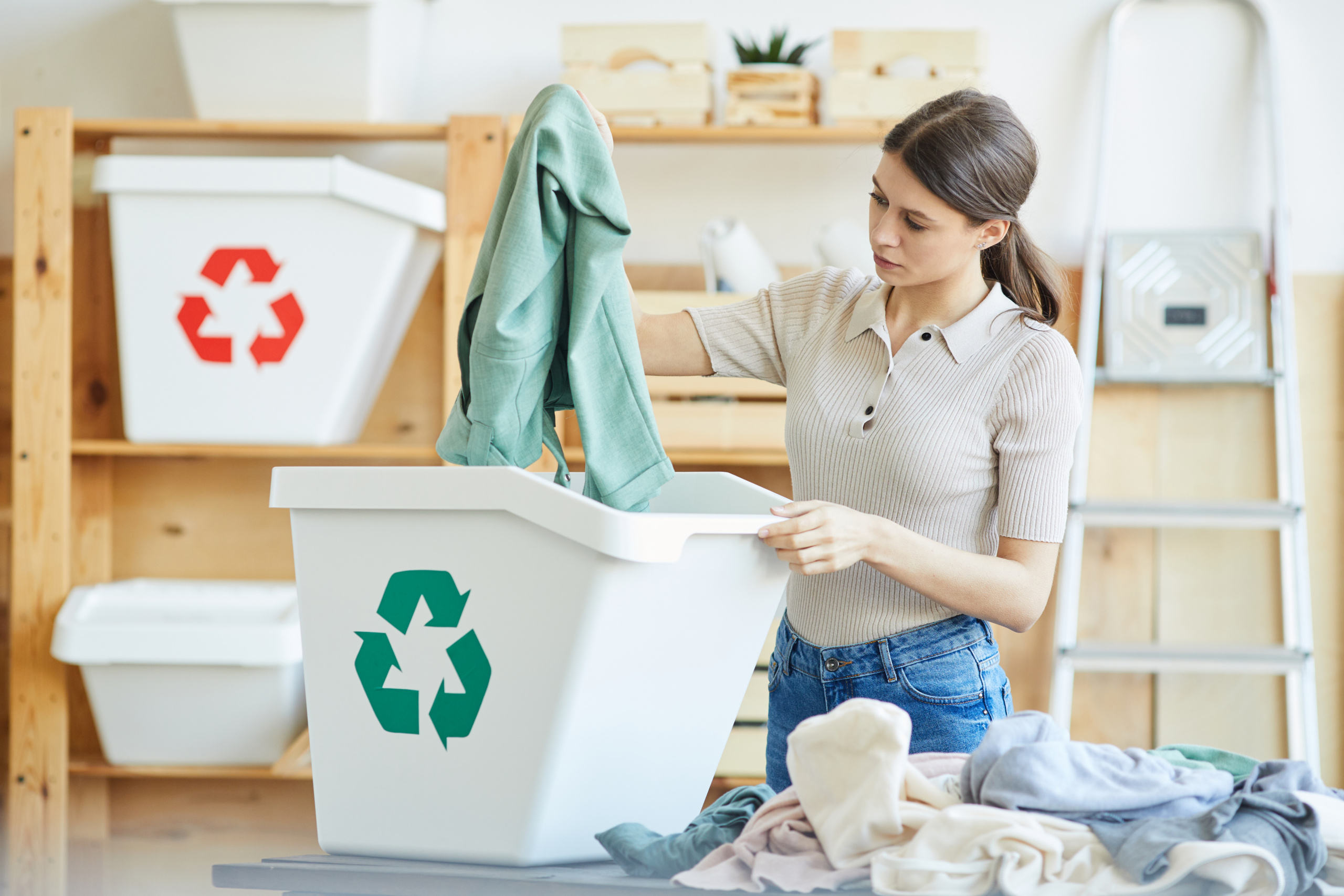Ecodesign for Sustainable Products Regulation (ESPR)
The Ecodesign for Sustainable Products Regulation (ESPR), which entered into force on 18 July 2024, is the cornerstone of the Commission’s approach to more environmentally sustainable and circular products.
Products and the way we use them can significantly impact the environment. Consumption in the EU can, therefore, be a major cause of climate change and pollution.
Ultimately, the ESPR seeks to create a more circular economy and reduce the environmental footprint of products.
What are the benefits of these rules?
Environmental Benefits:
Economic Benefits:
Social Benefits:
Improved Circularity:
What are the obligations for companies?

Law as ‘ecodesign requirements’
The ESPR aims to significantly improve the sustainability of products placed on the EU market by improving their circularity, energy performance, recyclability and durability.
- Improving product durability, reusability, upgradability and reparability
- Enhancing the possibility of product maintenance and refurbishment
- Making products more energy and resource-efficient
- Addressing the presence of substances that inhibit circularity
- Making products easier to remanufacture and recycle
- Setting rules on carbon and environmental footprints
- Improving the availability of information on product sustainability
Implementation
Textiles/Apparel – implementation before 2027
High potential to improve product lifetime extension, material efficiency and to reduce impacts on water, waste generation, climate change and energy consumption. Information requirements under the ESPR will work in synergy with the Textile Labelling Regulation, currently under review.
The ESPR is a piece of framework legislation that lays the foundation for the subsequent adoption of concrete rules, either on a product-by-product basis or horizontally, based on groups of products with similar characteristics.


